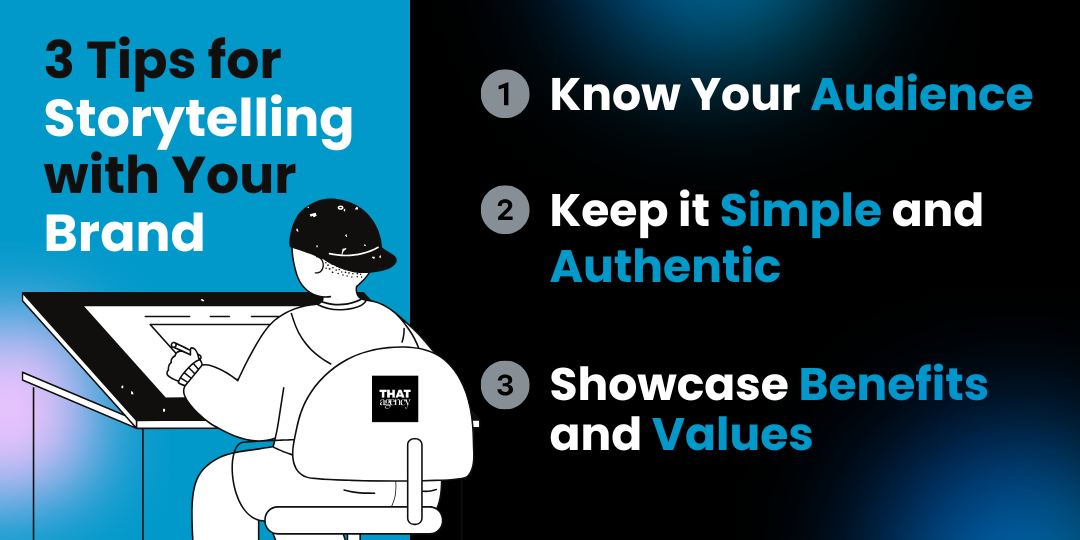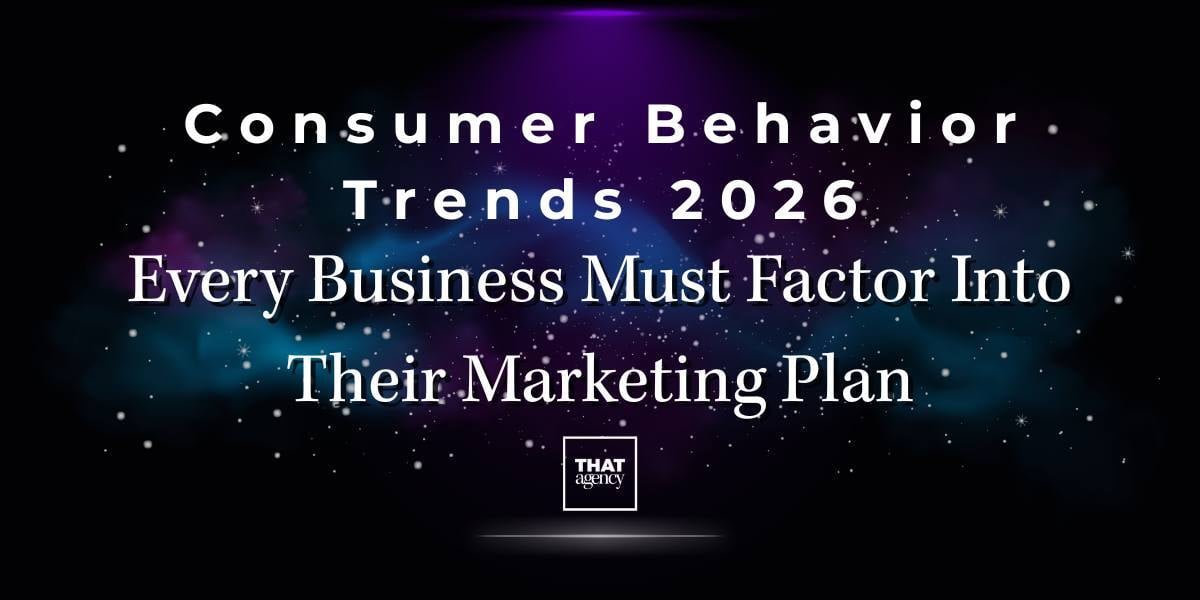Building a strong, memorable brand is one of the smartest moves you can make for your business. A great brand does more than just look good—it connects with your audience and leaves a lasting impression. Whether you're starting from scratch or looking to improve, this guide will walk you through the basics of branding strategies and how to create a solid brand marketing strategy that works. Let’s dive into what it takes to create a brand that not only stands out but truly resonates with your customers.

What Are Branding Strategies?
If your business were a person, branding strategies would be its personality and reputation rolled into one. They define how people see, feel, and connect with your business. In other words, branding strategies are your blueprint for shaping your company’s identity and ensuring it stands out in a competitive market.
At its core, a branding strategy is the "big picture" plan for creating a consistent and memorable experience for your audience. From the visuals they see to the messages they hear, it’s all part of the plan to make your business unforgettable.
What Goes into a Branding Strategy?
A strong branding strategy includes several key elements. Each piece works together to create a cohesive image of who you are and what your business stands for.
Here’s a breakdown of what’s included:
1. Your Logo and Visuals
Your logo is often the first thing people notice about your brand. It’s your calling card—something that should immediately make people think of your business. But visuals go beyond just a logo. They include:
- Colors: Do you have a signature color palette? Colors can evoke emotions and help people remember your brand (think Coca-Cola’s red or Starbucks’ green).
- Fonts: The typography you use sets the tone—whether formal, fun, or modern.
- Images and Graphics: Photos, icons, and other visuals should align with your brand’s personality and message.
Pro Tip: Consistency is key. Use the same visuals across your website, social media, packaging, and ads to create a seamless experience.
2. Your Tone of Voice
How does your brand “speak”? Your tone of voice is the way you communicate with your audience. It should feel natural and fit your brand’s personality.
- Is your tone friendly and casual, like you’re talking to a friend?
- Or is it more formal and professional, reflecting expertise and authority?
Your tone should stay consistent whether you’re posting on social media, writing blog posts, or responding to customer reviews.
3. Your Mission and Values
Your mission explains why your business exists, while your values show what principles guide your decisions. These are the heart and soul of your brand.
- Mission: What’s the big goal your company is working toward?
- Values: What do you stand for, and how do you want to impact your customers and the world?
When your mission and values shine through in your branding, it builds trust and loyalty. People like supporting brands that align with their own beliefs.
4. Customer Experience
Your branding isn’t just about what people see—it’s about how they feel when they interact with you. Every touchpoint matters, including:
- Visiting your website.
- Shopping in your store or using your app.
- Engaging with your customer service team.
- Receiving your product in the mail.
Ask yourself: Are we making it easy, enjoyable, and memorable for customers to interact with us? If the answer is yes, you’re on the right track.

Why Do Branding Strategies Matter?
Branding strategies aren’t just a “nice-to-have”—they’re a must for any business that wants to grow and thrive. Here’s why:
- They Build Recognition
When your branding is consistent, people recognize you faster. Think about brands like Nike or Apple—they’re instantly recognizable because their branding is rock solid.
- They Create Trust
People are more likely to trust brands that feel polished and consistent. If your messaging and visuals are all over the place, it can confuse customers and make you seem less reliable.
- They Set You Apart
A strong branding strategy highlights what makes you unique. It’s your chance to show why customers should choose you over the competition.
- They Boost Loyalty
When people connect with your brand on a deeper level—whether it’s because of shared values or great experiences—they’re more likely to become repeat customers.
Questions You Might Be Asking
Is a branding strategy just for big companies?
Not at all! Whether you’re a small business, a startup, or a local shop, a branding strategy helps you build a clear and consistent identity. Even the smallest brands can benefit from having a strong foundation.
Do I need to spend a lot of money to create a branding strategy?
Nope! While professional help can take your branding to the next level, you can start small. Focus on defining your mission, values, and tone of voice, then build from there.
What if I already have a logo? Is that enough?
A logo is a great start, but it’s only one piece of the puzzle. A full branding strategy ensures that everything—your visuals, messaging, and customer experience—works together to create a strong, unified brand.
How do I know if my branding strategy is working?
Pay attention to feedback and results! Look at customer reviews, social media engagement, and website traffic. If people are connecting with your brand and coming back for more, you’re doing something right.
Bringing It All Together
When all the elements of your branding strategy work together, you create a brand that people not only recognize but also trust and love. From your logo to the way you talk to your customers, every detail matters.
Here’s the bottom line: Your branding strategy is your chance to show the world who you are and why you’re worth paying attention to.
If you’re ready to build a brand that stands out, start by focusing on the essentials:
- Get clear on your mission and values.
- Create visuals that represent your personality.
- Use a tone of voice that connects with your audience.
- Deliver a customer experience they won’t forget.
The result? A brand that people remember, trust, and keep coming back to. Now that’s a winning strategy!
Your brand isn’t just a logo or a catchy slogan—it’s how people feel about your business. A good branding strategy can:
- Help people remember you: A consistent look and message make your business recognizable.
- Build trust: When your brand feels authentic, customers are more likely to stick with you.
- Boost your value: Strong brands often command higher prices because people see them as worth it.
- Set you apart: A unique brand helps you stand out in a crowded market.

The Key to a Great Brand Marketing Strategy
So, what makes a great brand marketing strategy? It’s all about creating a full experience for your audience. Here are the steps to make it happen:
1. Get to Know Your Audience
Who are you talking to? Understanding your ideal customer is the first step in building your brand. Do some research, look at trends, and figure out what your audience needs and values.
2. Find Your Unique Value
What makes your business different? Your unique value proposition (UVP) is the heart of your branding strategy. It’s the “why” behind what you do and why customers should choose you.
3. Speak Their Language
Your brand’s voice should feel natural and match your audience. Whether it’s professional or laid-back, your tone needs to stay consistent across your website, social media, emails, and more.
4. Look the Part
Your logo, colors, and design should reflect your brand’s personality. Professional visuals give you credibility and help people remember you.
5. Tell Your Story
People love a good story! Share why you started your business, what drives you, or how you’ve helped others succeed. Storytelling is a powerful way to connect with your audience on a deeper level.
6. Go Digital
In today’s world, a strong online presence is non-negotiable. Use digital marketing tools like SEO, social media, and email campaigns to share your message and grow your audience.
Types of Branding Strategies
Not all businesses need the same type of branding strategy, and that’s a good thing. Different types of branding focus on specific goals and audiences, so it’s important to pick the one that best fits your business. Let’s take a closer look at the main types of branding strategies and how they work.
1. Personal Branding
What It Is: Personal branding is all about building a reputation around an individual, rather than a company or product. It’s a strategy often used by entrepreneurs, influencers, public figures, and professionals who want to stand out in their industry.
Who It’s For:
- Influencers looking to grow their online presence.
- Entrepreneurs wanting to establish authority in their field.
- Professionals like coaches, consultants, or authors who need a strong personal reputation.
How It Works:
- Create a consistent online presence through social media, a personal website, and guest appearances (e.g., podcasts or speaking engagements).
- Showcase your unique skills, values, and personality.
- Focus on building trust and forming connections with your audience.
Example Question:
Why should I consider personal branding?
If you’re the face of your business or want to be seen as a leader in your field, personal branding helps you build credibility and trust, which can open doors for opportunities like partnerships, speaking engagements, and new clients.
2. Corporate Branding
What It Is: Corporate branding focuses on building recognition and trust for a company as a whole. It’s about creating a strong identity that reflects the company’s values and mission.
Who It’s For:
- Established businesses that want to grow their reputation.
- Companies looking to expand into new markets or industries.
- Organizations that want to emphasize their culture and mission.
How It Works:
- Create a professional and consistent visual identity (logo, colors, fonts).
- Communicate your company’s mission, vision, and core values through marketing and internal messaging.
- Focus on building long-term relationships with customers, employees, and partners.
Example Question:
How is corporate branding different from product branding?
Corporate branding represents the entire company and its values, while product branding focuses on a single product. For example, Coca-Cola’s corporate brand emphasizes happiness and togetherness, but each drink (like Sprite or Fanta) has its own branding.
3. Product Branding
What It Is: Product branding highlights what makes a specific product unique and appealing. It’s focused on creating a distinct identity for the product that stands out in the market.
Who It’s For:
- Companies with multiple products that need individual identities.
- Businesses launching a new product in a competitive market.
How It Works:
- Develop a name, logo, and packaging that grabs attention and communicates the product’s benefits.
- Highlight what makes the product different, whether it’s features, quality, or price.
- Use targeted advertising and messaging to reach the ideal audience.
Example Question:
Why invest in product branding?
If you want a product to stand out on its own, especially in a crowded market, product branding helps it shine. Think of how Tide stands out as a detergent brand even though it’s part of Procter & Gamble’s corporate branding.
4. Service Branding
What It Is: Service branding focuses on the experience and value you deliver through your services. Unlike physical products, it emphasizes customer interactions and outcomes.
Who It’s For:
- Service-based businesses like consulting firms, salons, and spas.
- Companies that want to highlight their customer-focused approach.
How It Works:
- Showcase your expertise and the value of your services through testimonials, case studies, and reviews.
- Focus on creating exceptional customer experiences at every touchpoint.
- Build trust through transparency, reliability, and responsiveness.
Example Question:
How is service branding measured?
It’s often measured through customer satisfaction, loyalty, and reviews. Happy customers are more likely to recommend your services, helping your brand grow through word of mouth.
Real-Life Examples of Great Branding
Sometimes the best way to understand branding is to look at companies that are doing it right. Here are a few examples:
1. Apple
Apple’s branding focuses on simplicity, innovation, and premium quality.
- Their sleek product designs and minimalistic ads reflect a clean and modern vibe.
- Everything from their packaging to their in-store experiences is carefully curated to match their brand identity.
2. Coca-Cola
Coca-Cola knows how to tap into emotions through its branding.
- They emphasize happiness, togetherness, and enjoying life’s moments.
- Their red-and-white color scheme and iconic logo are instantly recognizable worldwide.
3. Nike
Nike’s branding is centered around motivation and empowerment.
- Their “Just Do It” campaign inspires people to push themselves to new heights.
- Their consistent messaging across ads, products, and sponsorships reinforces their focus on performance and ambition.
Common Branding Mistakes to Avoid
Even successful companies can slip up when it comes to branding. Here are some common mistakes and how to avoid them:
1. Mixed Messages
If your visuals or tone don’t match across platforms, it confuses your audience.
- Fix it: Create brand guidelines to keep everything consistent, from colors to messaging.
2. Ignoring Feedback
Customers often tell you what they like or don’t like—don’t ignore them!
- Fix it: Use feedback to improve your branding and create a better customer experience.
3. Overcomplicating Things
A complicated logo or hard-to-understand message can turn people away.
- Fix it: Keep things simple and focus on clarity.
4. Focusing Only on Looks
A pretty logo doesn’t guarantee success if the rest of your branding falls flat.
- Fix it: Focus on delivering real value and creating meaningful experiences.
Choosing the right branding strategy depends on your goals, audience, and what makes your business unique. Whether you’re an entrepreneur building your personal brand or a company refining its corporate identity, the right approach can make all the difference.
Take inspiration from companies like Apple, Coca-Cola, and Nike, but remember that your brand should be as unique as your business. And, most importantly, avoid common pitfalls by keeping things simple, consistent, and focused on your audience.
How THAT Agency Can Help
At THAT Agency, we know that building a strong brand is more than just designing a cool logo or writing catchy taglines. We specialize in creating brand marketing strategies that align with your goals and help you stand out. From web design to digital advertising, we’ve got the tools and experience to take your brand to the next level.
Wrapping It Up
A great brand isn’t built overnight, but the effort is worth it. With thoughtful branding strategies and a clear brand marketing strategy, you can create a lasting impression, build trust with your audience, and grow your business.
Ready to take your branding to the next level? Contact THAT Agency today to get started. Let’s make your brand unforgettable!
This guide is here to help you not just understand branding but put it into action. Let’s build something amazing together!




.jpg)